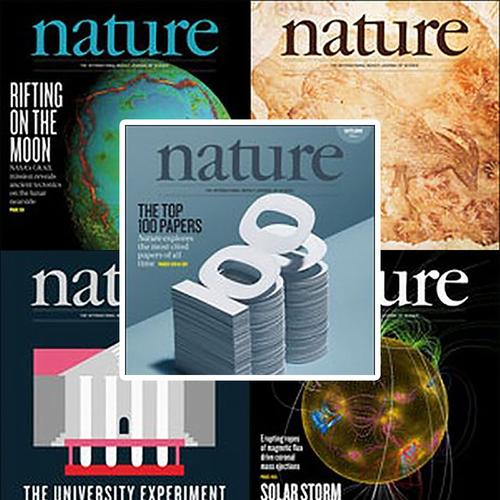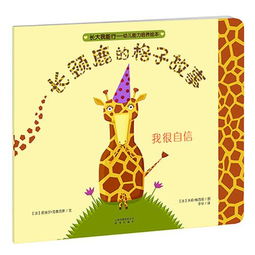Exploring the Intricacies of Nature in Literature
Nature has long been a muse for writers across the globe, inspiring some of the most profound and captivating works of literature. From the serene landscapes of the Romantic poets to the raw, untamed wilderness depicted in adventure novels, the portrayal of nature in literature is as diverse as the natural world itself. In this exploration, we delve into the intricate relationship between literature and nature, examining how writers from different eras and cultures have depicted the natural world and what insights their works offer us today.
The Romantic Connection:

One of the most notable periods in literature where nature took center stage is the Romantic era. Writers like William Wordsworth, Samuel Taylor Coleridge, and John Keats celebrated the beauty and majesty of nature, often imbuing it with spiritual or transcendental qualities. Wordsworth's famous poem "I Wandered Lonely as a Cloud," also known as "Daffodils," captures the sublime experience of being in nature and the profound impact it can have on the human soul. Similarly, Coleridge's "Rime of the Ancient Mariner" uses the sea and its creatures as symbols of both awe and terror, reflecting the power and mystery of the natural world.
Environmental Awareness:
In more recent times, literature has played a significant role in raising awareness about environmental issues. Authors like Rachel Carson, whose groundbreaking work "Silent Spring" exposed the dangers of pesticides, and Henry David Thoreau, whose transcendentalist masterpiece "Walden" advocated for a simpler, more harmonious relationship with nature, have influenced generations of readers to reflect on humanity's impact on the environment. Their writings serve as a reminder of the interconnectedness of all living things and the importance of preserving our planet for future generations.
Cultural Perspectives:
The depiction of nature in literature is also influenced by cultural perspectives and traditions. In Japanese literature, for example, the concept of "mono no aware" (the pathos of things) emphasizes the impermanence and beauty of the natural world. Haiku poets like Matsuo Basho capture fleeting moments in nature with simplicity and elegance, evoking emotions of both joy and melancholy. Similarly, indigenous literature often portrays nature as a living, breathing entity with its own agency and wisdom. Writers like Leslie Marmon Silko and Louise Erdrich draw on Native American traditions to weave rich narratives that honor the land and its inhabitants.
Personal Reflection:
Beyond its symbolic and cultural significance, nature in literature also serves as a mirror for the human experience. Whether it's the vastness of the cosmos reflecting our own sense of insignificance, or the cycle of life and death mirroring our own mortality, nature provides a canvas upon which we project our deepest hopes, fears, and aspirations. In Mary Oliver's poetry, for instance, the natural world becomes a source of solace and inspiration, offering moments of clarity and connection in an otherwise chaotic world.
Conclusion:
In conclusion, the portrayal of nature in literature is a testament to the profound impact the natural world has on the human psyche. From the Romantic poets to contemporary ecofiction writers, literature continues to explore our relationship with nature, reminding us of its beauty, power, and fragility. By engaging with these works, we not only gain a deeper appreciation for the world around us but also a greater sense of responsibility to protect and preserve it for future generations.
This exploration of nature in literature invites readers to reflect on their own experiences with the natural world and consider how literature can inspire action and stewardship in the face of environmental challenges. As we navigate an increasingly complex and interconnected world, the lessons we learn from literature serve as guiding lights, illuminating a path towards a more harmonious relationship with nature and each other.
[//html]











